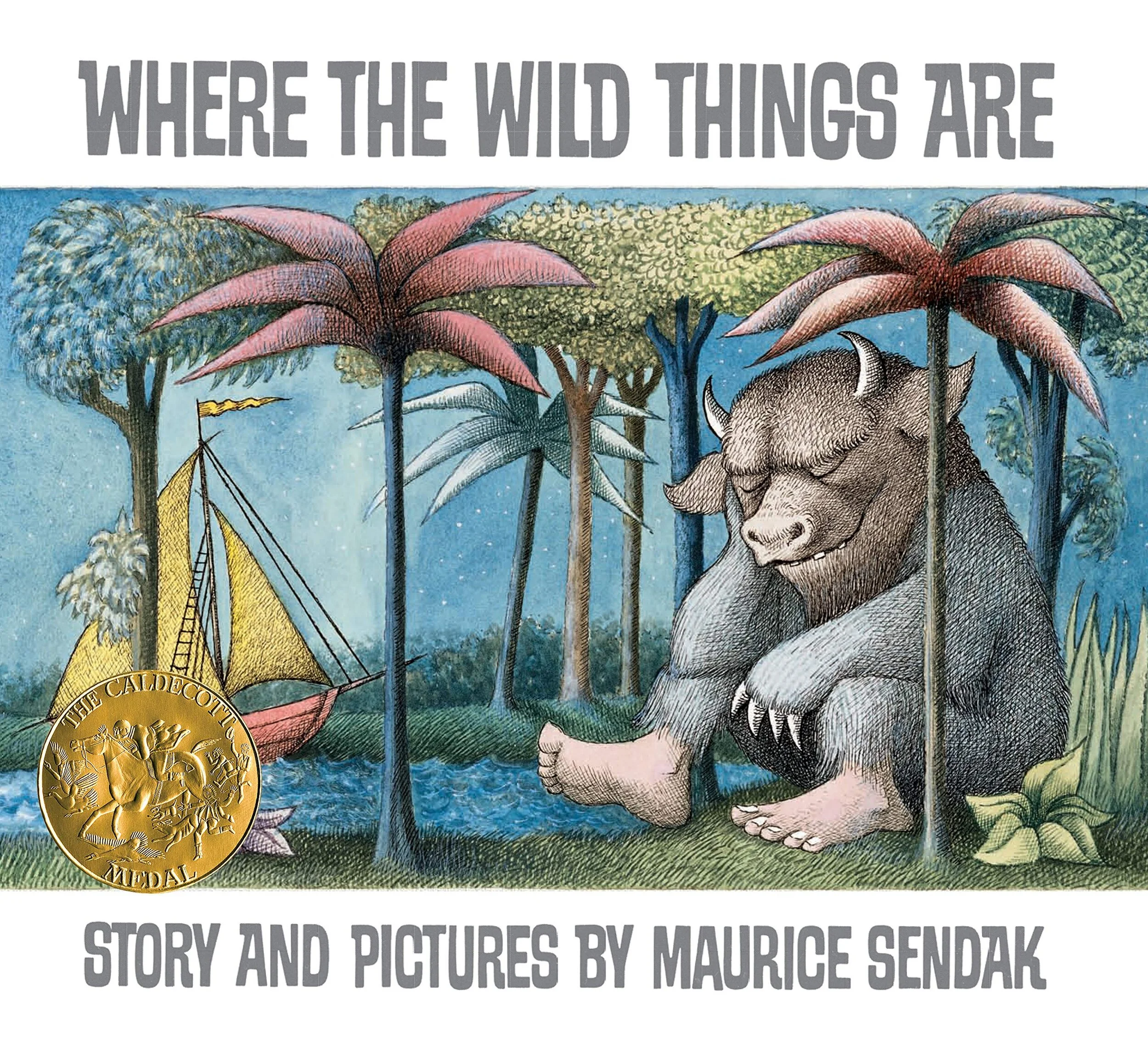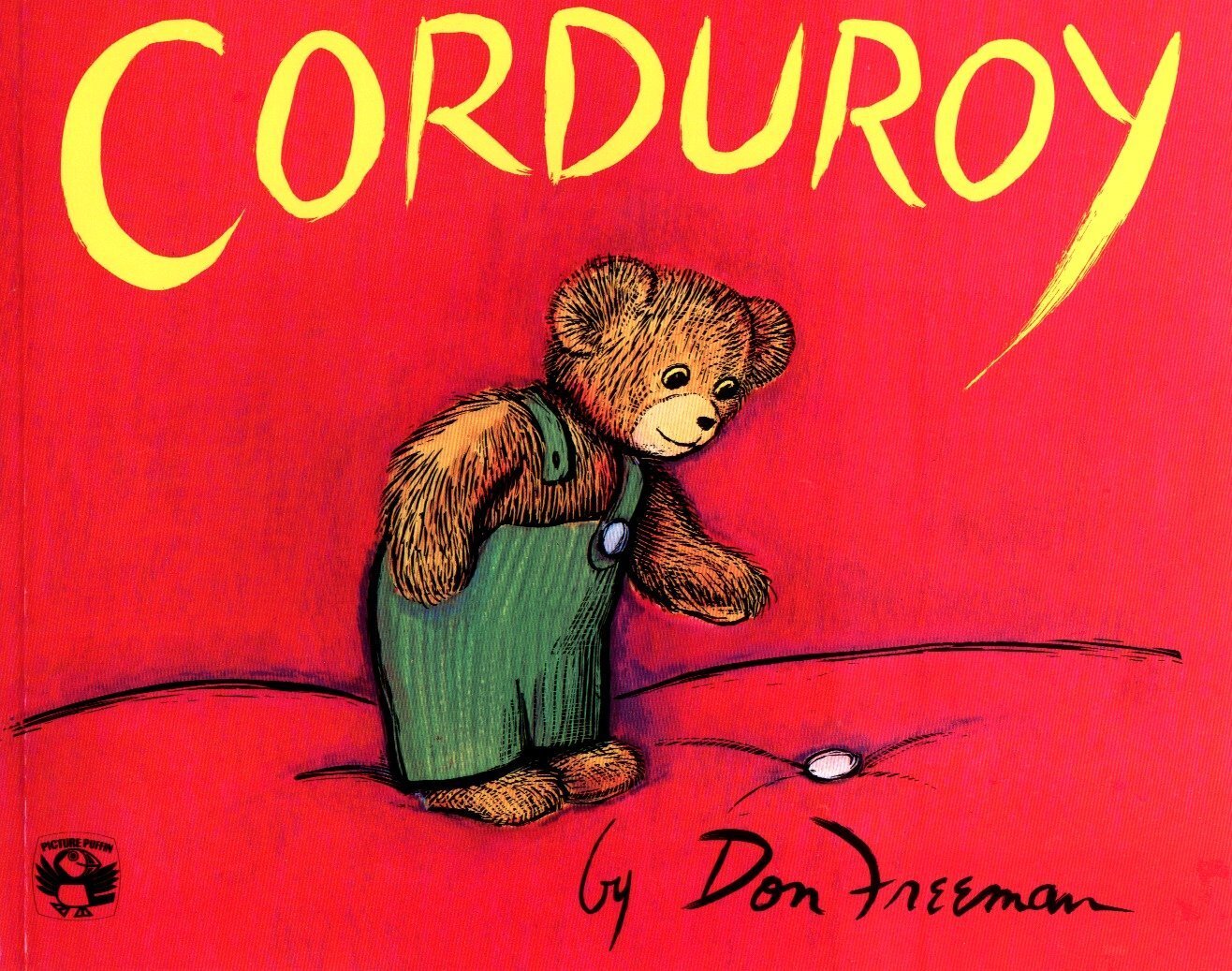Public speaking intimidates even the most confident people. Children often find public speaking like reading aloud to their classmates or giving a presentation to be a chore. They have to build speaking skills from scratch. It’s difficult to learn to be a good public speaker without knowing what makes a good public speaker. Students are often given vague directions, like to stand up straighter, project, and be more confident, but many need help getting there. Here’s how we recommend helping your child master public speaking:
Build Their Confidence
Nothing helps children develop confidence as speakers more than feeling like they’re being listened to in everyday life. Give them time to talk about their lives, and let them make small mistakes rather than challenging their ideas. This will help build their confidence in daily life. See if you can model confident behaviors, approaching stressful situations in a calm, decisive manner. This will help you and your child see that you can be confident, too.
Play Word Games
One example of a speech-improving word game is the “Woof” Game. Take a common word like “this” or “the,” and have your child replace it with the word “woof.” For example, rather than saying “This is a duck,” your child would say “Woof is a duck.” This game will help them learn to improvise and think on their feet. It will also make them laugh, which should take some of the stress out of practicing the big speech.
Debate with Them
Consider a topic your child is very passionate about. It could be something silly like homework or video games, or something more serious like what to do about world hunger. Let them pick their side, and give them 30 seconds to argue for their own side. Offer a rebuttal, and keep going until they’re out of arguments. When they’ve started feeling comfortable, have them argue the opposite side. This will help make them confident that they can talk about anything, even if it’s not what they believe. This also strengthens their critical thinking, as they have to understand an opposing viewpoint.
Give Feedback After the Speech
Let your child practice their speech in front of you. If they struggle, just give them the time they need to get through it. At the end, give feedback and ask questions. If they have a full understanding of what they’re giving a speech about, that will help them give it to the audience. See if you can think of positives and areas for improvement so you can help them do better the next time. Thoughtful feedback goes a long way in helping children learn.
Giving speeches, offering presentations or even reading to a classroom can be scary, but with these tools, children can have a little more confidence when they reach the lectern. At North Tampa Christian Academy, a Tampa private school, students thrive creatively, academically and spiritually in a project-based learning environment. Faculty and families work together to inspire leadership through Christian innovation. Contact us today to learn more.












